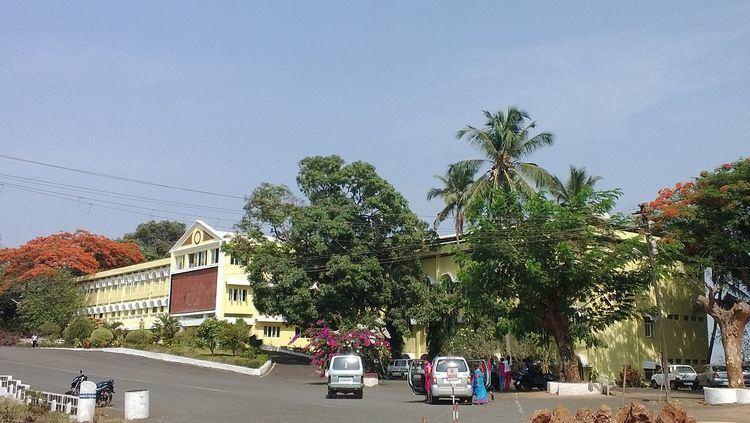 | ||
Society of the Missionaries of St. Francis Xavier, Pilar (S.F.X.) commonly referred to as Society of Pilar or Pilar Fathers, is a Roman Catholic organization of Catholic Priests and Brothers. In the official Vatican approved canonical language it is called "Society of Apostolic Life". This designation of "Apostolic Life" comes as a result of a change of perspective that existed earlier than 1983, that all men and women in the Catholic Church who commit to dedicate their life to the service of God and His people, had to live in common, all the time.
This concept suffered radical change, because from the 15th. century when the European adventurers traveled far and wide, they were accompanied by priests to serve the needs of the navigators, who later established themselves all over the world. As a consequence the old concept of staying within the four walls of a monastery had to change. Thus those groups (Societies, Associations, Congregations, etc.) came to be called of "Apostolic Life".
The Society of the Missionaries of St. Francis Xavier, now commonly known as Pilar Society or simply Pilar Fathers has had a colourful history. On September 26, 1887 a priest called Fr. Jose Mariano Bento Martins, together with his 3 companions decided to dedicate his life for the service of God's people. According to the Law of the Church, which respects the right of individuals to associate, this common consent of theirs automatically empowers them to be a group (an association). It needs no recognition which would require a longer, more detailed scrutiny, compliance, structure which it did not have. Their objective was very simple, be at the service of the Bishop (Church Leader in charge of an area called Diocese/Archdiocese) and be ready to work wherever they were sent.
They were a zealous group. When later the famous Pope Leo XIII who was a great visionary saw the future of the Church more clearly and the need to preach the Gospel of Jesus Christ as a fresh opportunity in these new found lands, he promoted the birth and rise of local "Indigenous" clergy (men of local origin who were trained and dedicated for the service of the Church). From 1887, ( Fr. Bento Martins died in 1894) to 1934, this small group, could not grow beyond 21 members and for a period from 1896 to 1934 the maximum number of members that they had at any one time was 8 priests. These priests lived in their places of work and their allegiance to the Society they had initially committed to, remained primarily on paper. This is no commentary on their zeal or commitment to work, but simply stated, the Society of the Missionaries of St. Francis Xavier, could never achieve that legal status which could have raised it to another level of juridical nature within the Church.
They were a group that had committed to serve the Church and also find comfort in belonging to an association so that mutually they could animate one another. There is very little record of what they did together, except that in 1891, their Rules (Constitution) was approved by the Bishop. As obvious, since their legitimacy arose out of their personal consent, this fresh approval of their Constitutions did not give them any new status. This approval of the Constitutions was a recognition that the Society's contained nothing contrary to the teaching of the Church. Since they were not a juridical (legal) entity they could not even possess a house of their own, and indeed they need not need it to, since they were not living together but worked wherever they were sent, the Bishop allowed their first Superior, Fr.Bento Martins to operate from where he worked, in the Agonda Parish, in South Goa.
In 1957 the Fr. Agnel Ashram was started at Bandra, Bombay (now Mumbai) as a common house of the Society, over the years it has expanded to become an important educational organisation.
